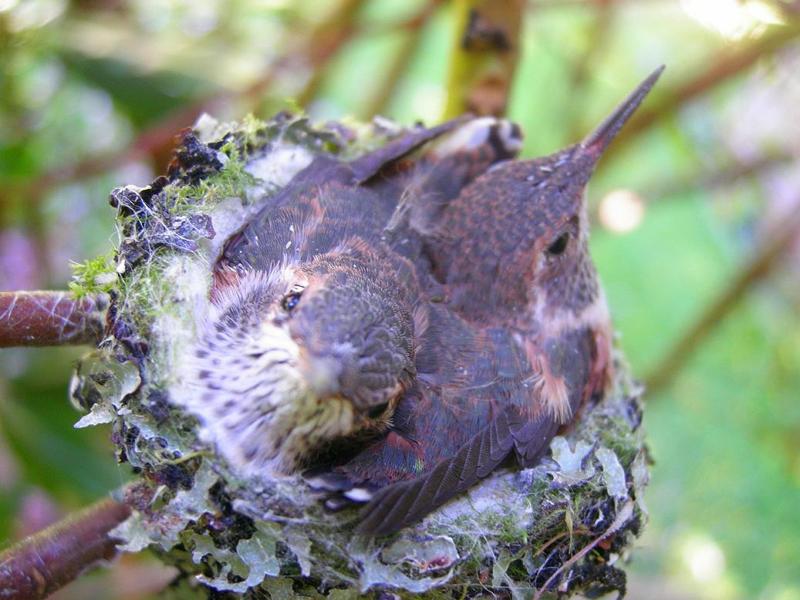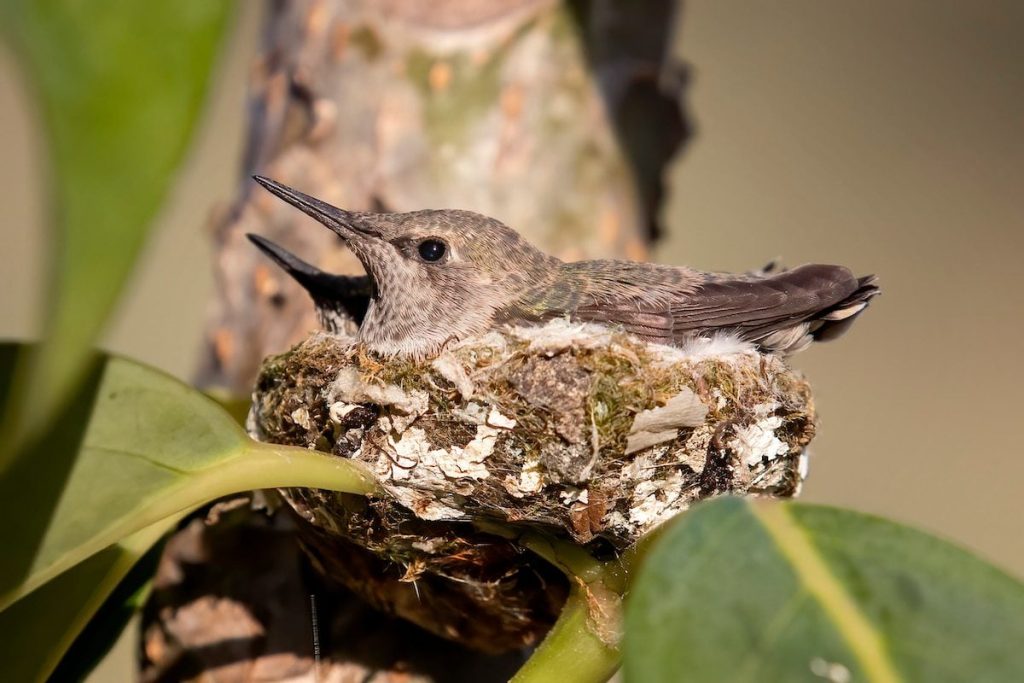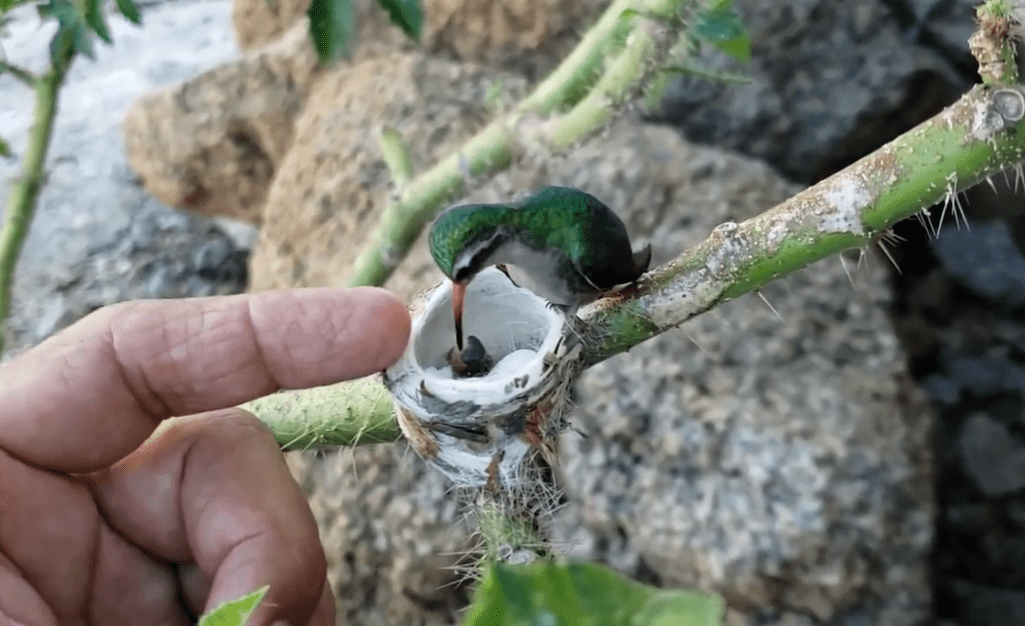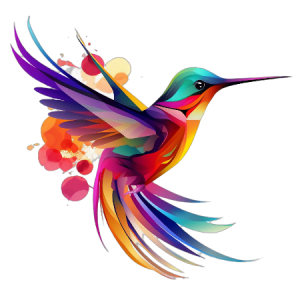“The Baby Hummingbird Captured in Photos” is an article that provides a glimpse into the life of a baby hummingbird through captivating photographs. From their small size, often compared to a jelly bean, to their growth and development, readers will learn about the incredible journey of these tiny creatures. The article highlights the mother hummingbird’s nurturing role, from incubation to feeding her blind and featherless babies, as well as the exciting moment when the young hummingbirds leave the nest. With stunning photos and personal experiences shared by hummingbird enthusiasts, this article offers a heartwarming and educational look into the world of baby hummingbirds.
The Baby Hummingbird Captured in Photos

Introduction
The baby hummingbird is a fascinating creature that undergoes an incredible journey from being a tiny egg to leaving the nest as a fully grown hummingbird. In this article, we will explore the various stages of a baby hummingbird’s life, from the description of its eggs to its eventual departure from the nest. We will also share personal experiences and showcase stunning photos and videos of these remarkable creatures.
Description of Baby Hummingbird Eggs
The eggs of a baby hummingbird are truly remarkable. Weighing only 0.62 grams, these tiny white non-glossy eggs are less than half an inch long. To put it into perspective, their size is often compared to that of a jelly bean. Typically, a mother hummingbird lays only two eggs, although there may be instances where only one egg is laid. Two eggs are considered ideal for one hummingbird to care for. These eggs are incubated by the mother for about two weeks, with a longer incubation period in colder climates.

Incubation Period
The incubation period for baby hummingbird eggs is relatively long compared to other bird species. The mother hummingbird carefully tends to her eggs, providing them with the warmth they need to develop. During this time, the eggs are nestled in the nest, and the mother keeps a watchful eye over them. She uses her body heat to keep the eggs at an optimal temperature, allowing the embryos to grow and develop.
Hatching and Birth
After the incubation period, the baby hummingbirds are ready to hatch. At this stage, they have developed strong neck muscles and a hook on their short bills, which they use to peck their way out of their eggs. When the chicks hatch, they are born blind and naked, without any feathers. The mother hummingbird continues to care for them, keeping them warm by sitting on the nest. It is a magical sight to see these tiny creatures in their earliest stages of life.

Feeding Habits
Feeding is a crucial aspect of a baby hummingbird’s growth and development. Newborn hummingbirds are unable to feed on their own and rely entirely on their mother for sustenance. The mother inserts her beak into the throats of her babies and regurgitates insects and nectar for them to consume. As the chicks grow, their feeding needs increase, and the mother spends more time away from the nest to gather food for them. The rapid growth of the chicks is supported by a diet rich in insects and nectar.
Growth and Development
Over time, the baby hummingbirds undergo significant growth and development. Within a week, they start to grow fuzzy feathers and their beaks begin to lengthen. As they continue to mature, they learn to regulate their own body heat, a process that takes at least nine days. Around two weeks after hatching, the baby hummingbirds start to resemble small adult hummingbirds, with fully-formed feathers and longer beaks. It is a breathtaking transformation to witness.

Leaving the Nest
After approximately three weeks, the young hummingbirds are ready to leave the nest and embark on their own journey. They take flight for the first time, leaving behind the nest that once nurtured them. The mother hummingbird watches over her chicks from a nearby branch, ensuring their safety and guiding them to food sources. It is a bittersweet moment, as the young birds venture out into the world, never to return to the nest again.
Personal Experiences
Many bird enthusiasts have had the privilege of witnessing the remarkable journey of baby hummingbirds. One such experience was shared by Melissa, a passionate hummingbird observer. She stumbled upon a nest hidden in her rhododendron and was thrilled to find tiny eggs the size of jelly beans. Melissa was fortunate enough to observe the growth of the baby hummingbirds through regular visits to the nest. She described it as a humbling experience and eagerly awaits the opportunity to witness more nests in the future.

Photos and Videos of Baby Hummingbirds
To truly appreciate the beauty and wonder of baby hummingbirds, we have included a gallery of photos and videos showcasing their growth and development. From the tiny eggs to their first flight, these visual representations capture the essence of a baby hummingbird’s journey. Each photo and video provides a closer look at the intricate details of their feathers and the tender moments shared between the mother and her chicks.
Conclusion
The baby hummingbird is a captivating creature that undergoes an awe-inspiring transformation from a tiny egg to a fully-fledged hummingbird. Their journey from hatching to leaving the nest is filled with growth, development, and the nurturing care of their mother. Witnessing this process is a remarkable experience that reminds us of the wonders of nature. Through stunning photos and personal experiences, we have delved into the world of baby hummingbirds, inviting you to appreciate their beauty and marvel at their resilience.
